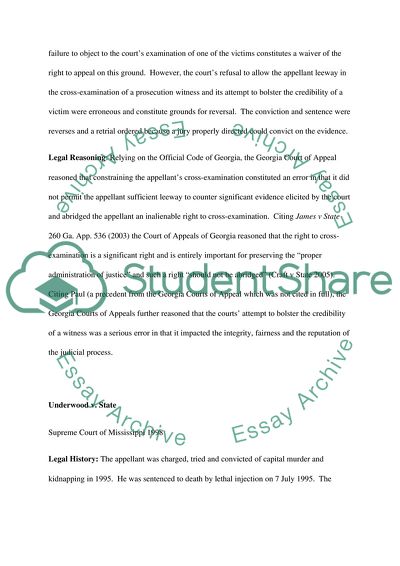Cite this document
(Briefing a Case: Craft v. State Case Study Example | Topics and Well Written Essays - 1000 words, n.d.)
Briefing a Case: Craft v. State Case Study Example | Topics and Well Written Essays - 1000 words. https://studentshare.org/law/1765325-briefing-a-case
Briefing a Case: Craft v. State Case Study Example | Topics and Well Written Essays - 1000 words. https://studentshare.org/law/1765325-briefing-a-case
(Briefing a Case: Craft V. State Case Study Example | Topics and Well Written Essays - 1000 Words)
Briefing a Case: Craft V. State Case Study Example | Topics and Well Written Essays - 1000 Words. https://studentshare.org/law/1765325-briefing-a-case.
Briefing a Case: Craft V. State Case Study Example | Topics and Well Written Essays - 1000 Words. https://studentshare.org/law/1765325-briefing-a-case.
“Briefing a Case: Craft V. State Case Study Example | Topics and Well Written Essays - 1000 Words”. https://studentshare.org/law/1765325-briefing-a-case.


